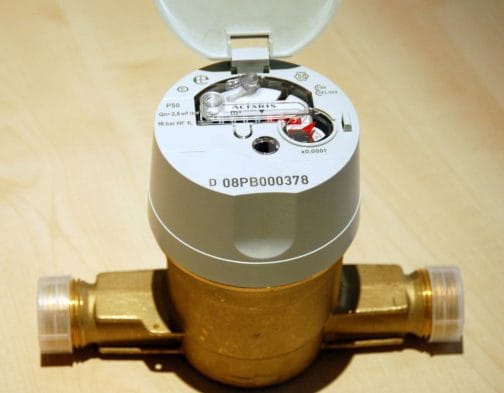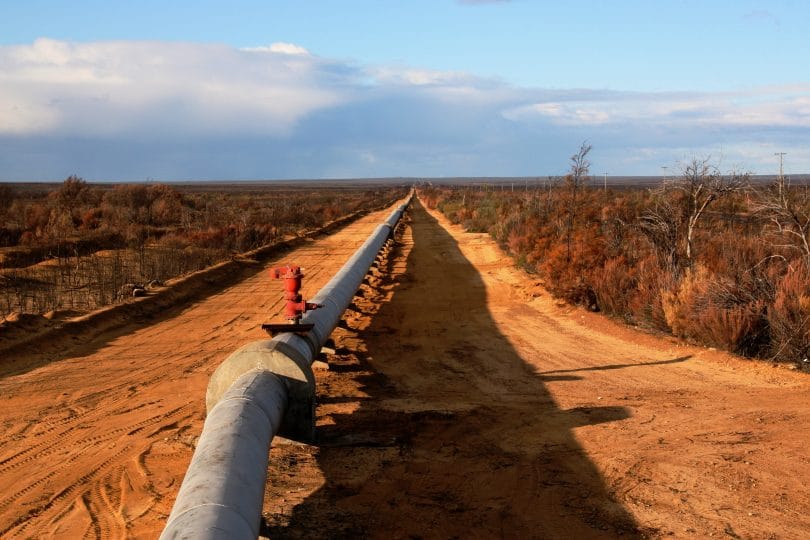Smart meter trials used to improve water use behaviours
Analysing data gleaned from a water meter used to provide automatic meter readings at billing intervals has revealed a surprising wealth of information on customers’ water use behaviours in remote Western Australian towns.
Smart water meters also capture hourly water use data, which can be used to gain network intelligence and to underpin demand management strategies.
With input from CRC for Water Sensitive Cities researchers and data from its smart meter network in Kalgoorlie, the Water Corporation has been conducting a behaviour change campaign aimed at reducing water use during the warmer months when demand is at its highest.
Kalgoorlie experiences little rain throughout the year and completely relies on drinking-quality water piped 600km from Perth. The campaign, Waterwise Towns Kalgoorlie, is giving 1000 households regular updates from their smart water meter over an eight month period. It shows them how their water use compares to that of other similar properties in the area and gives them seasonal water saving tips.
While Kalgoorlie customers can access their household’s hourly water use data from their smart meters online to monitor their own water use, the campaign applies algorithms developed by the researchers to provide them with water efficiency messages around irrigation, peak use and continuous flow tailored to their water use profile.

Associate Professor Rachel Cardell-Oliver, from the School of Computer Science and Software Engineering at the University of Western Australia, is the Project Leader of Intelligent Urban Water Systems (Project C5.1) and the key contributor research on household smart meter data on two distinct regional populations (Kalgoorlie in the Goldfields and Karratha in the Pilbara).
“Intelligent urban water systems use state-of-the-art sensors and telemetry together with computer algorithms that extract valuable knowledge from the data,” Rachel said.
“For example, smart water meters report customer consumption in real-time. This provides detailed data such as per-household water consumption by hour, day or season, total volumes consumed, or minimum hourly flow per day.”
Rachel and her colleagues use an extensive computerised data-mining process to reveal unexpected or interesting patterns of consumption.
“This knowledge, in turn, can greatly enhance decision making for urban water management.”
Rachel’s project also draws on behavioural research being conducted by the team in the Engaging communities with Water Sensitive Cities (Project A2.3).
“Water literacy plays a part in the patterns we are seeing and we can use behavioural roadmaps combined with our data to tackle the assumptions people make about water resources. For instance, we might find that installing water-saving showerheads are not an issue in a (certain) area so the utility can tailor their community information programs to what people are concerned or care about,” Rachel said.

Helen Gigney, Water Efficiency Projects Officer at the Water Corporation, said “analysis of water use data has identified different targets for water efficiency in the Pilbara and Goldfields towns; with the greatest potential for water savings from irrigation in the Pilbara; and, from evaporative air conditioner maintenance in the Goldfields.
“The ability to identify contributions to peak demand can also assist with scheme planning. For example, the analysis showed that scheduled irrigation peaks in the early morning accounted for up to 70% of the 6am demand in Karratha in summer months which could be targeted by a campaign to shift some of this demand and reduce the magnitude of the peak.”
For Water Corporation, the smart meter data has enabled early detection and notification of leaks which can reduce the duration of leaks as well as the magnitude of the losses. This proactive engagement assists to promote Waterwise messages across more sections of the community and has resulted in big savings for some customers. The researchers are currently investigating new applications for these algorithms by working with WaterWise businesses such as Perth Zoo and the City of Canning Leisure Centre to gain deeper insights into how they use water.
As for future implications, if the data from 1000 smart meters in Kalgoorlie or Karratha shows that encouraging residents to shift to off-peak water use can result in cost savings, then imagine how that could be extrapolated for an urban metropolis like Perth?